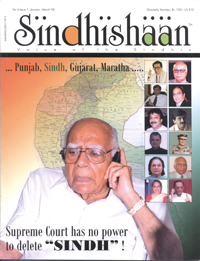THE GENESIS
All Indians immediately associate “INDEPENDENCE DAY” with the hoisting of the national flag as we respectfully stand with bated breath – and then the swelling of our chests with pride as we listen to the streams of the national anthem as the tricolor unfurls.
“Jana Gana Mana” was composed originally in Bengali by Rabindranath Tagore in 1911, two years before he won the Nobel Prize for literature.
At the Kolkatta Session of the Indian National Congress in December 27, 1911 it was sung for the first time and a few leading newspapers raised a controversy by stating that it was meant to welcome King George V, generating some opposition to the selection of this song as the national anthem of free India.
Fortunately, it was concluded that a deeply patriotic man like Tagore would have never composed a song in honour of the British Monarch and as the national movement gathered steam, Jana Gana Mana’s popularity soared.
Two other popular and patriotic songs of the freedom struggle were also strong contenders for the coveted position – viz. “Vande Mataram” from “Anand Math” written by Bankim Chandra Chatterjee,, and “Saare Jahan Se Achcha” by Mohammed Iqbal.
On August 14, 1947 just before the country’s tryst with destiny, members of the Constituent Assembly listened in rapt attention to Sucheta Kriplani as she sang the first verses of all the three patriotic songs.
Only “Jana Gana Mana” was sung on Aug 15, 1947 when Jawaharlal Nehru hoisted the Indian tricolor and lowered the Union Jack at India Gate, New Delhi.
On January 24, 1950 a final decision to adopt “Jana Gana Mana” as the national anthem was taken at a meeting of the Constituent Assembly, presided over by Dr. Rajendra Prasad, who later became the first President of Independent India.
‘Vande Mataram’ which played a historic part in the freedom struggle was also honoured and went on to become India’s national song.


